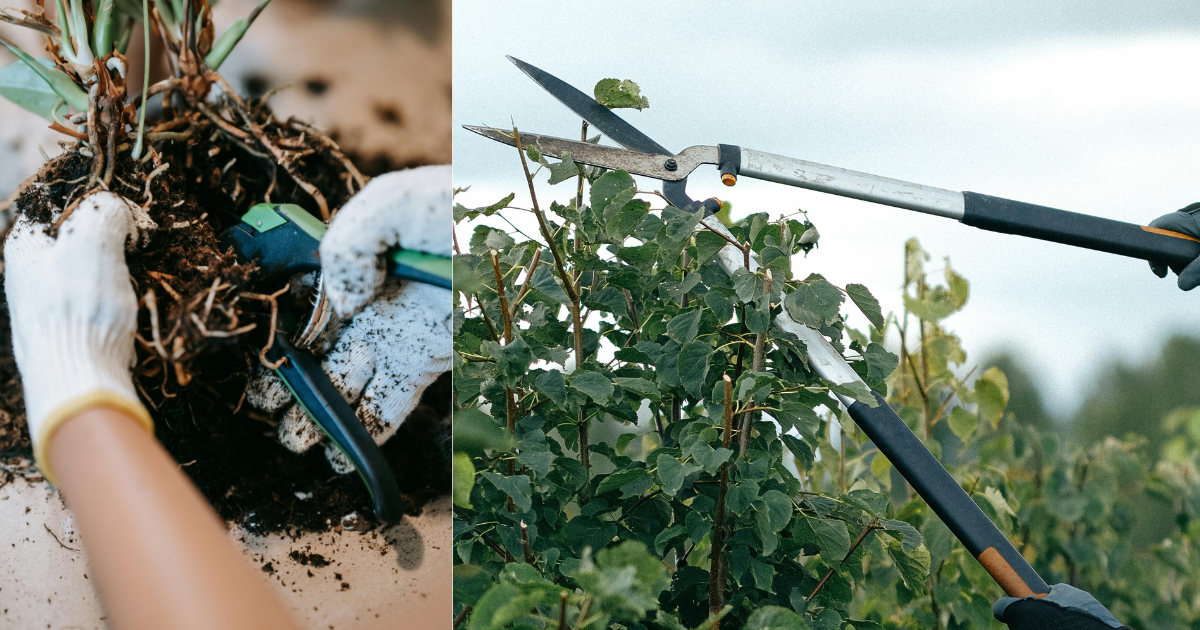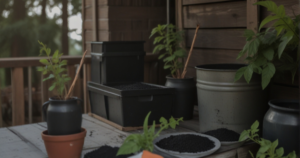Table of contents
Introduction
Understanding Rooted Cuttings
The Business of Lining Out Selling Stock
Case Study: Growing Weigela Rooted Cuttings
Business Strategies for Selling Rooted Cuttings
Scaling Up: From Seedlings to Thousands of Cuttings
Sustainable Business Practices
Conclusion
Introduction
Honestly, even if you have a small garden, you can earn some extra money from it. There are some secrets to growing rooted cuttings; in this article, I will tell you how to grow them and earn extra money by selling those rooted cuttings to nurseries. It must be understood that not all plants in the nursery are grown by themselves.
Understanding Rooted Cuttings
If you know how to properly propagate landscape plants, you will definitely have more rooted cuttings. After knowing this, of course, you don’t leave the growing cuttings because you want to sell the excess cuttings to wholesale growers.
The Business of Lining Out Selling Stock
Nurserymen buy plants for planting in their containers or in the field and later sell them, a process we call selling lining out stock, abbreviated as liners. Today, I will tell you how to do this simple business of lining out selling stock. By now, you must have understood that nurserymen also buy plants.
Case Study: Growing Weigela Rooted Cuttings
Of course, they buy plants and buy more plants than any customer in the country. You will do the same if you know why they buy so many plants.They buy so many plants to meet their needs. Again, they want to grow a certain type of plant but are unable to do so because they do not have the space to keep thousands of cuttings. Therefore, they buy rooted cuttings and plant them in containers or fields to grow them for later sale.
Business Strategies for Selling Rooted Cuttings
After that, when they have their own supply of plants, they sell the purchased trees of this landscape size, i.e., keep the new cuttings, and so on. For example, assume nursery owner purchased 1,000 varietal Weigela rooted cuttings for 50 cents each. He will plant these seedlings in early spring, and they will grow very quickly. At this time, he will collect three cuttings from each plant. In this way, the trees are pruned, and cuttings are also taken. Isn’t that right?
He kept the new 3,000 cuttings in the mist, and within five to six weeks, he planted 3,000 rooted cuttings in the fall, and the following summer, he got about 6,000 cuttings from the original 1,000 plants. He also planted another 9,000 from the 3,000 cuttings he planted in the fall. He got 12,000 cuttings totally.
Then he planted the rooted cuttings, and when they had grown to a certain extent, he collected the cuttings from there. Thus, he collected as many cuttings as he needed from the plants in the field. So far, he has bought the original 1,000 plants for 50 cents each and grown them large enough to sell for $10.00 to $15.00 each wholesale. This way, he can grow as many different Weigela seedlings as he wants without buying any more cuttings.
Scaling Up: From Seedlings to Thousands of Cuttings
That’s really how business works. I have a friend who has a nursery business. He grows all kinds of plants and sells them. He said he buys Dwarf Alberta Spruce cuttings and grows them and sells them. He doesn’t even root them himself. He only buys about 5,000 trees per year and puts them in containers and sells them wholesale. Every nurseryman across the country does their business this way.
Sustainable Business Practices
To start the business, you can first take two seedlings, or if you think you will sell the seedlings, then you can buy several hundred cuttings of such variety. Instead of planting the seedlings in the field, you can make a bed by cutting 4 feet, and for cutting, you can plant each seedling 10 inches apart in the bed.
Conclusion
As long as you keep the cuttings from the seedlings, the plants will stay small. Then sell those plants after two or three years. By this time, you will have thousands of cuttings. You retire slowly to fully understand the business.





